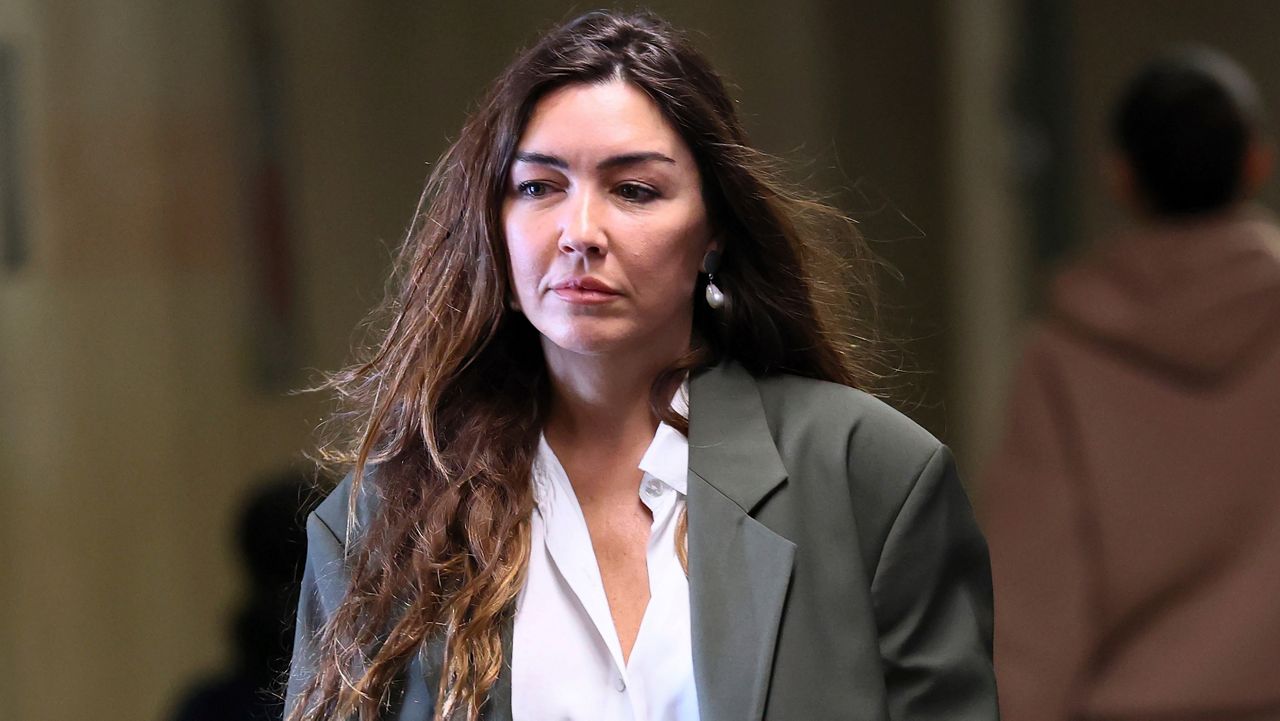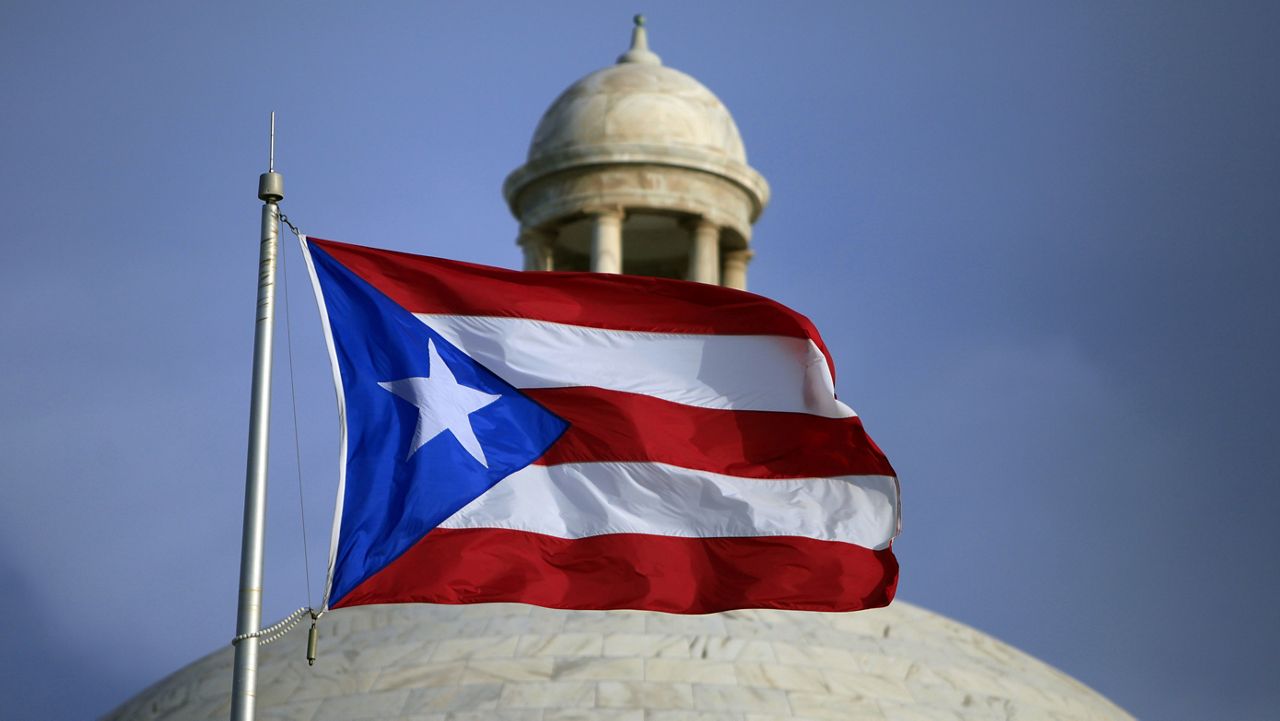Congestion pricing is designed to reduce traffic and pollution in the busiest parts of Manhattan, but urban planners expect it to make the notoriously snarled Cross Bronx Expressway even worse, compounding carbon emissions in the borough.
The state and the city agreed to spend more than $200 million in mostly toll money to prevent and offset the increase in traffic in polluted neighborhoods like the Bronx.
For example, overnight tolls would get cut in half to keep trucks from dodging tolls and clogging neighborhoods with carbon emissions.
"We want trucks to come in and do their deliveries in the middle of the night so that they're not creating more congestion during the day," MTA Chairman Janno Lieber said.
Other measures include: installing air filters in schools near highways, and replacing diesel spewing refrigeration trucks at Hunts Point Produce Market.
The environmental study on congestion pricing by the state and city transportation departments and the MTA also aims to bring relief to taxi drivers worried about another fee.
Taxi and app drivers would only get tolled once a day going south of 60th Street in Manhattan.
But that is not good enough for taxi driver organizer, Bhairavi Desai of the New York Taxi Workers Alliance.
"I think this is disastrous and incredibly unfair," Desai said. "Given the majority of their work is in the district, there's no way for a driver to even avoid this additional cost. I mean we're talking about a couple of thousand dollars a year."
The city and state also told the federal government it will help low income motorists.
For the first five years of congestion pricing, New Yorkers making under $50,000 a year would get a 25% discount on their tolls, after the first 10 trips each month.
These efforts were necessary to get the green light from the Federal Highway Administration, which issued a so-called “Finding of No Significant Impact.”
A MTA panel called the Traffic Mobility Review Board will determine the toll price and any exemptions.









